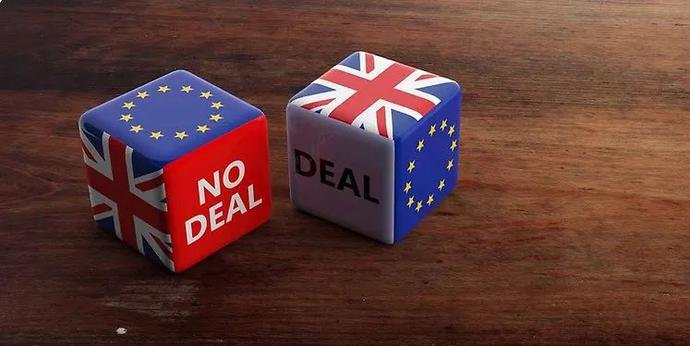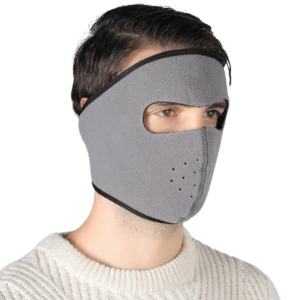The UK government has officially announced on its website that the transition period for the UK to leave the European Union will end at the end of 2020 (from February 1 to December 31).From 1 January 2021, the Medicines and Healthcare Products Regulatory Agency (MHRA) will assume responsibility for the UK medical device market currently conducted through the EU system.
In other words, the UK will no longer use CE certification, but will start its own independent MHRA certification.
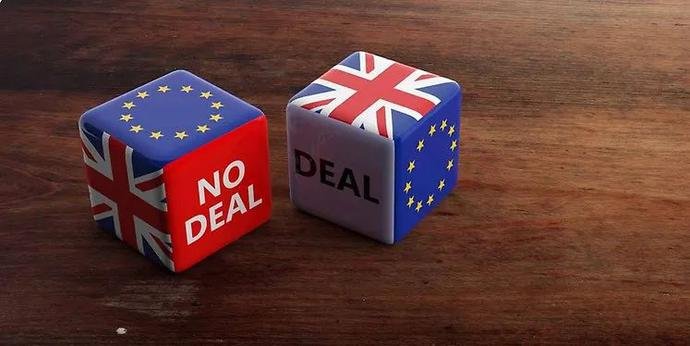
It is understood that the UK's medical device regulations will formally leave the EU in January 2021. From January 1, 2021, the UK's Medicines and Healthcare Products Authority (MHRA) will assume responsibility for the UK's medical device market, which is currently under the EU system.
Recently, the UK issued medical device regulations and safety guidelines to set new standards for the review of medical devices in the UK, Northern Ireland and the EU (Northern Ireland will implement different rules from the UK).After a transitional period, the UK will no longer recognise the CE mark.After this, the manufacturer must bear the UK UKCA (UK Compliance Assessment Mark) logo.It will replace the CE mark in the UK market.
CE certification will expire in 2023
From January 1, 2021, many changes will take place in the UK's medical device market.These are:
The CE mark will continue to be used and recognized until June 30, 2023
Certificates issued by designated bodies within the European Economic Area (EEA) will continue to be available to the UK market until 30 June 2023
From 1 January 2021, manufacturers wishing to place equipment on the UK market will have a new marketing and product marking approach.
From 1 January 2021, all medical devices and in vitro diagnostic medical devices (IVDS) launched in the UK will need to be registered with the MHRA.Grace period for registration:
>Class III and IIb implants and all active implantable medical devices for 4 months
>Other IIb class and all IIa class equipment for 8 months
>Category I equipment is 12 months
The above 12-month grace period does not apply to class I devices and generic IVD manufacturers currently required to register with MHRA.
If you are a manufacturer outside the UK and want to put your equipment into the UK market, you need to establish a UK head who is responsible for the product in the UK.
Britain's new regulation of medical devices and in vitro diagnostics will be introduced next year
Directive 90/385/ EEC for Active Implantable Medical Devices (EU AIMDD)
Directive 93/42/ EEC on Medical Devices (EU MDD)
Directive 98/79 / EC on in vitro diagnostic medical Devices (EU IVDD)
These directives enter into force in UK law through the Medical Devices Act 2002 (SI 2002 No 618, as amended (UK MDR 2002).These regulations (in the form of 1 January 2021) will continue to be in force in the UK after the transition period.
With effect from 1 January 2021, the EU Medical Devices Regulation (MDR) and the EU In Vitro Diagnostic Medical Devices Regulation (IVDR).
MDR and IVDR will be fully applied in EU member states on 26 May 2021 and 26 May 2022 respectively.Because the rules do not come into force until after the transition period with the EU, they will not become EU law automatically retained by the EU withdrawal Agreement law and will therefore not automatically apply in the UK.
Domestic equipment listed in the UK must be MHRA registered
The longest transition period is 12 months!
From 1 January 2021, any medical device, IVD or customised device will need to be registered with the MHRA before it can be launched in the UK.
The MHRA will register only on equipment where the manufacturer has a place of business in the UK.If the manufacturer is located outside the UK, a UK head with a registered place of business in the UK is required.The UK head would then be responsible for registering the manufacturer's responsibility for the equipment with the MHRA.
As this is an extension of existing registration requirements, there will be a grace period to allow time to comply with the new registration process.
Four months will be allowed to register with MHRA (until 30 April 2021) for the following devices:
Active implantable medical devices
Class III medical devices
Class IIb medical devices are implantable
IVD listing A
There will be eight months to register with MHRA (until 31 August 2021) for the following devices:
Category IIb non-implantable medical devices
Category IIa medical devices
IVD list B
There will be 12 months to register with THE MHRA until 31 December 2021 for the following devices:
First class medical device
General in vitro diagnosis
Please note that the above 12-month grace period does not apply to class I devices and generic IVD manufacturers currently required to register with MHRA.
Self-checking IVD
The registration of the custom equipment will be consistent with the risk level of the equipment.Failure to register before these dates means the device will no longer be able to be lawfully placed on the UK market.
Category I devices, custom devices and general IVDS on the market in Northern Ireland must continue to be registered normally as the 12-month grace period will not apply.
About the UKCA logo and conformity assessment bodies
UKCA Mark
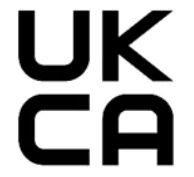
The UKCA (UK Conformity Assessment) logo is a new UK product logo that will be used for certain goods, including medical devices, to be put on the UK market after the transition period.
The UKCA mark will not be recognised in the EU, EEA or Northern Ireland market and products currently requiring the CE mark will still require the CE mark for sale in these markets.Manufacturers will be able to use the UKCA logo from 1 January 2021.
From 1 July 2023, to launch the device in the UK, you will need to meet the requirement of placing an UKCA mark on the device.This requirement does not apply to northern Irish businessmen.
British Conformity Assessment Agency
From 1 January 2021, the MHRA will be able to designate UK accreditation bodies to assess relevant requirements for UKCA markers.
An existing UK notified body with a specified name under MDD, IVDD or AIMDD will automatically reverse its name without a new designation process.
According to the UK MDR2002 part II, III and IV, UK accreditation bodies can only assess the conformity of medical devices, active imimplants and in vitro diagnostic medical devices with UKCA markings (in the form that they exist on 1 January 2021).
First-level equipment manufacturer
Manufacturers of class I medical devices and general IVD will be able to declare for themselves whether or not they comply with UK MDR 2002 Part II and Part IV (existing as of 1 January 2021) and then label the DEVICE with the UKCA mark and place the device on the UK market.Aseptic or measuring Type I medical devices still need to be approved by an approval body before they can be labelled with the UKCA and marketed in the UK.
CE mark and announcement body
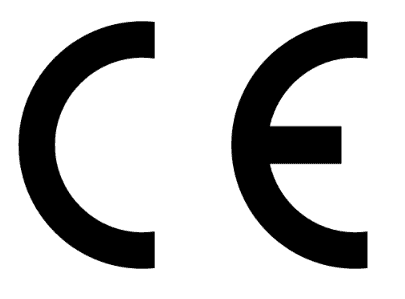
The CE mark system is the European Union's regulation of products entering the European Market.The products with CE mark show that the products comply with eu regulations on safety, health and environmental protection.According to eu regulations, different products adopt different evaluation methods to attach THE CE mark. There are mainly two ways: most products can be affixed with the CE mark if the manufacturer adopts the declaration of self-conformity;Some products that are relatively higher risk may be Notified by a third party authorized by the EU, namely, the Notified Body, for compliance assessment.
The MHRA will continue to endorse the CE mark for medical devices until 30 June 2023.
This measure applies to medical devices placed on the UK market, which have been CE marked and fully comply with the following applicable EU regulations:
◆ Directive 90/385 / EEC on Active Imbedding medical Devices (EU AIMDD)
◆ On medical Devices (EU MDD) directive 93/42 / EEC
◆ On in vitro diagnostic medical Devices (IVDD) directive 98/79 / EC
◆ On medical Devices (EU MDR) Regulation 2017/745
◆ Regulations 2017/746 on in vitro diagnostic Medical Devices (EU IVDR)
From 1 July 2023, new equipment to be launched in the UK will be required to comply with the UKCA logo.
About masks and protective clothing
First, confirm whether the mask is a medical device.There are two types of masks: medical masks and personal protective masks. Export to the EU must comply with the relevant EU regulations:
1) Personal protective masks
Personal protective masks are not medical devices, but must comply with EU Personal Protective Equipment Regulation EU2016/425 (PPE). CE certification shall be conducted and issued by an authorized agency, corresponding to the standard EN 149.
2) Medical masks
Medical masks shall be marked CE according to EU Medical Devices Directive 93/42/EEC (MDD) or EU2017/745 (MDR). The corresponding standard is EN 14683.According to the aseptic or non-aseptic state of the mask product, the conformity assessment mode is also different.
If it is a medical mask, it needs to be further confirmed whether it is sterile:
◆ If it is a sterile medical mask and belongs to the category of sterilized medical products in the EU, it must be CE certified in accordance with MDD/MDR of the medical device directive/regulation. In this case, it must be participated by an authorized public organization.
◆ If the mask is non-sterile, CE self-declaration shall be made in accordance with MDD/MDR of medical device instruction/regulation.Enterprises do not need to pass the certification of the announcement body, in the preparation of the relevant documents and test reports and other data, you can complete the declaration of compliance.
3) Personal protective clothing
Personal protective clothing (PPE) shall be CE certified in accordance with EU 2016/425 (PPE).
4) Medical protective clothing
Medical protective clothing shall be governed by medical devices. Sterile medical protective clothing shall be CE certified according to EU Medical Devices Directive 93/42/EEC (MDD) or EU Medical Devices Regulation EU2017/745 (MDR).Non-sterile medical protective clothing requires only CE self-declaration.

